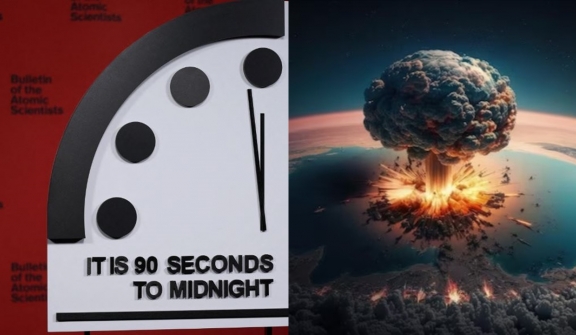
The Doomsday Clock is known as a symbol of a timepiece that shows how close the world is to ending.
The clock was updated today and remained at 90 seconds to midnight—the theoretical point of annihilation.
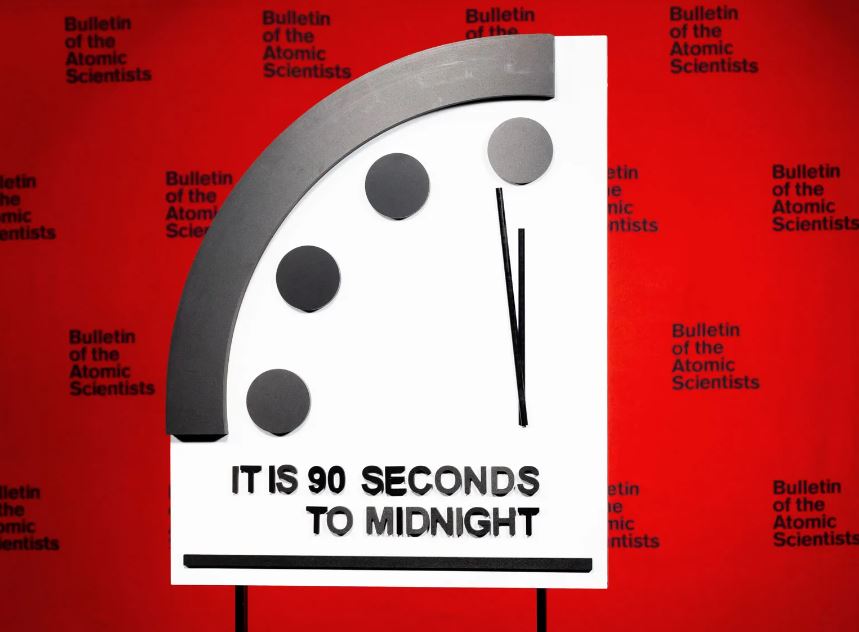
The Doomsday Clock determined the clock position, which is the closest the world has been to a global catastrophe since it was established in 1947, at the end of World War II, according to the Bulletin of the Atomic Scientists.
The Doomsday Clock was created by US scientists involved in the Manhattan Project. It serves as a symbolic countdown, representing humanity's proximity to a complete global catastrophe.

According to a report by Eugene Rabinowitch, the first editor of the Bulletin of the Atomic Scientists, the artist Martyl Langsdorf was commissioned to create an image that would "frighten people into rationality."
To determine the clock's position, the scientists evaluate whether humanity is safer or at greater risk compared to the previous year and throughout the clock's more than 75 years of existence.
In 2023, the war in Ukraine played a significant role. The continued bombings, deaths, and nuclear war threats have influenced this year's decision. Russia's invasion of Ukraine in 2022, escalating the conflict that began in 2014, remains unresolved, with the possibility of nuclear weapons being used.
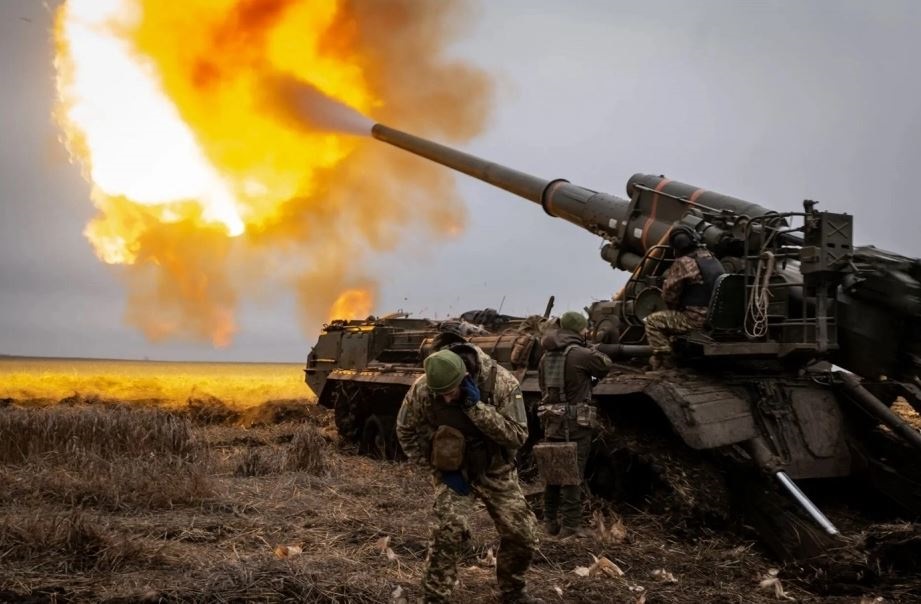
Bronson expresses concern that the conflict might broaden, leading to a larger conventional war and potentially involving other nuclear powers or near-nuclear powers.
According to the Bulletin of the Atomic Scientists, researchers attribute this heightened danger to various factors.
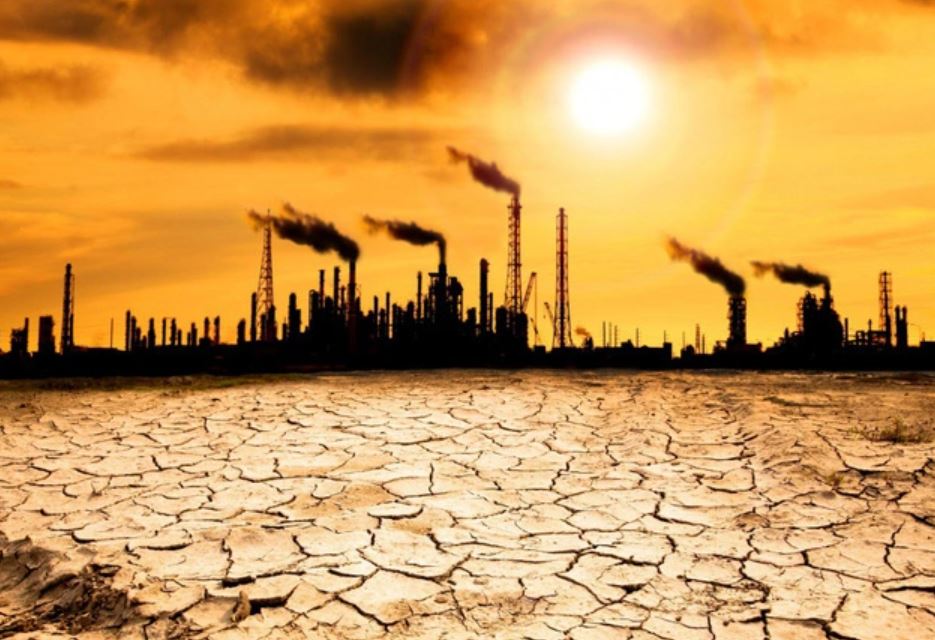
The war has occurred in Ukraine and Gaza, coupled with advancements in artificial technology, often referred to as the new nuclear arms race, which poses significant threats.
Rachel Bronson, the president and CEO of the Bulletin, claimed that the conflict hotspots worldwide carry the risk of nuclear escalation.
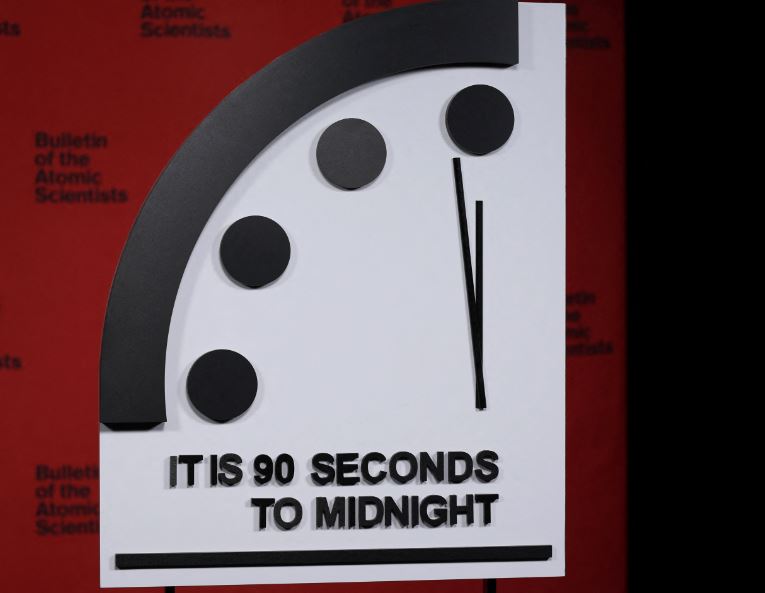
Additionally, the destructive effects of climate change, which are already claiming lives and causing devastation, are exacerbated by the rapid advancement of disruptive technologies like AI and biological research.
Broson continued the program, saying that the Doomsday Clock from the previous year does not indicate stability.
She said that the government should encourage communities to take action. Additionally, she has hope and inspiration derived from witnessing the younger generation take the lead in tackling these challenges.




